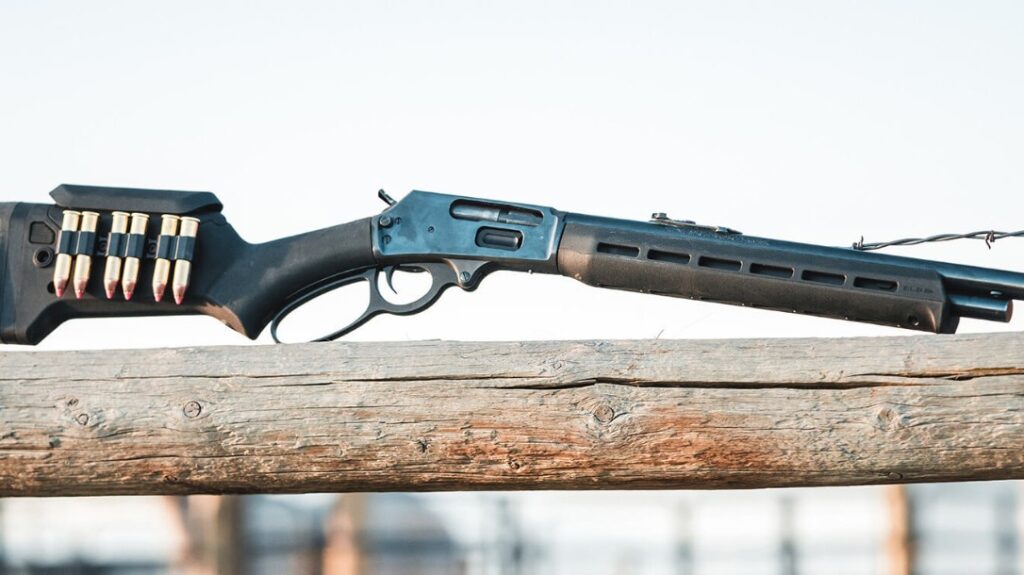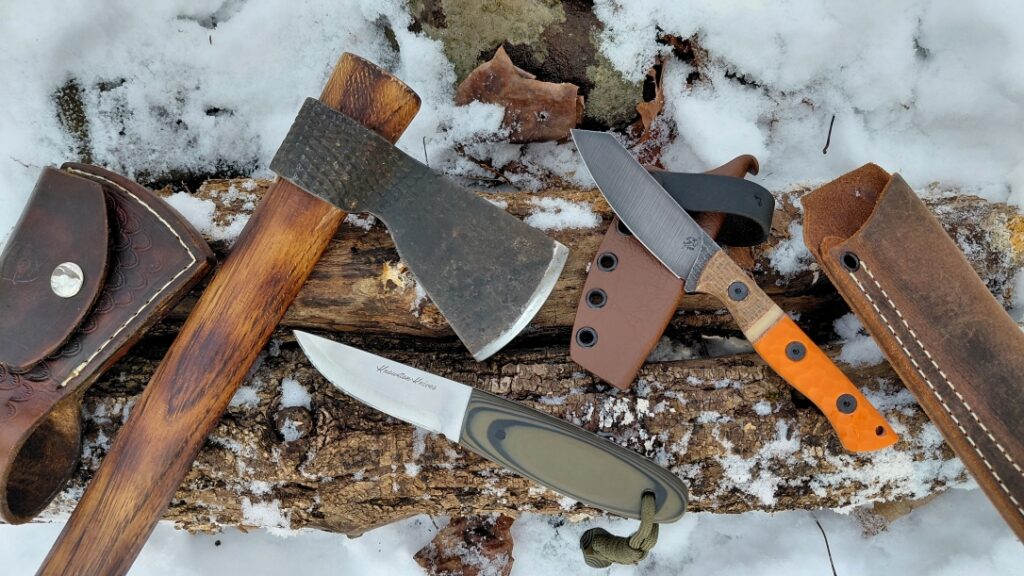Training and skills maintenance is a subject that we shortchange ourselves on when it comes to where our time, our effort, and our resources are spent. It’s understandable in many respects. Basic skills maintenance isn’t anything new. It’s not a new rifle in the case or safe. It isn’t a new sidearm riding in a holster by our sides. It’s not a new optic with legendary level glass clarity or electronics efficiency. It isn’t even a new skills development course from a professional source.
Skills maintenance isn’t gratifying the way a new purchase is and because of that difference in our gratification response its easy for us to put practicing off. Factoring the difference in gratification response in with the already fully scheduled life of your average adult and the time we want to spend on skills maintenance drops even further.
Making time to practice is something we must do but understanding what to practice and where we stand, objectively speaking, with our skills is difficult to structure outside of a course. Do I shoot the same few drills I did in a CPL class? Do I try something I saw online? What targets should I be using? What distances should I shoot at? Am I progressing and maintaining?
Advertisement — Continue Reading Below
How do you assess? Equally important when you’re trying to be efficient as well as proficient, how much time, effort, ammunition, and other resources will this take?
So let’s establish those requirements. Our training goal is to assess and improve our shooting engagement speed and accuracy in a timely and practical manner.
The following combination assessment training in its entirety takes 100 rounds of ammunition, two targets (specified), a holster, a spare magazine or speed loader, a range indoor or outdoor where you can fire between 3 and 15 yards (9-45 feet), a shot timer or timer phone application, and proper range PPE eyes and ears. It can be completed comfortably within 30 minutes.
Advertisement — Continue Reading Below
This is a short and easily fulfilled requirement set. If you can’t find a spot to meet them you aren’t looking.
Part 1:Dot Torture
For candid accuracy assessment I like to use Dot Torture. Developed by David Blinder, I originally found this drill at https://pistol-training.com/drills/dot-torture you can print your targets right from the webpage

Advertisement — Continue Reading Below
This is a 50 round, 50 point accuracy assessment using basic pistol manipulation. The directions for the entire drill are on the printed target, as are boxes for Date, Score, and Distance to document the assessment.
Remember kids the difference between screwing around and science is writing it down.
Select your target based on your firearm type. I use the TDA Dot Torture target (shown above) because I carry a Sig P226. The P226 is a TDA or Traditional Double Action also known as a DA/SA, Double Action / Single Action. Use this target if you have a gun that transitions from double to single action after the first shot.
Advertisement — Continue Reading Below
If I’m training with my Glock 19 I use the standard Dot Torture target. Use this target for all firearms with a single trigger pull weight to include DAO Double Action Only semi-autos, DAK Double Action Shorts, Double Action Revolvers, Single Action Only semi-autos like the 1911, and Striker Fired guns like the Glock, M&P, or Sig P320.

To be completed correctly use your gun’s default trigger. No thumb cocking the hammer, Revolver and TDA shooters, fire double action… this is to realistically assess your skills placement on your firearm, cheating this only cheats you.
Advertisement — Continue Reading Below
Shoot from 3 yards (9 feet). The directions for each circle target or pair are below it. Shoot from 1-10 following the directions. Score each circle or pair of circles on completion for objective assessment, breaking the circle’s edge counts as a hit. Each circle or pair are engaged drawing from your holster Total your hits per circle and compare to the 50 shots fired. Only count hits that were fired at that circle, a shot at 1 that hit 3 is not a bonus point for 3.
Dot Torture is excellent for detail work on accuracy, its hard to cheat small targets and it is unforgiving of errors in shooting grip or trigger press. Tracking your misses, their direction and degree, will identify even minor errors and highlight specific fundamental mechanics you can improve on.
Since each circle or pair is shot from draw, sometimes for each round fired, Dot Torture allows us to practice good draw technique repetitions under no time constraint. This is another area where shooters have a tendency to shortchange themselves on practice time.
Advertisement — Continue Reading Below
Take notes, notate your low score drills and the type of misses. Address them, implement fixes and adjustments and reshoot those drills as you get time to achieve better results, but complete this full assessment first.
Dot Torture is designed to be fired and graded cold bore. No warm ups, no practice runs, no dry fire, this is your opening sequence. Use your noted weak drills to focus your continued practice for later. If you’re scoring in the 40’s consider increasing the distance 1 yard (3 feet). If you score 50 increase the distance next assessment and don’t revert back, keep pushing. You should strive to push this drill out to 10 yards (30 feet), but make sure your scoring well enough to push the distance. These drills aren’t to show off on Instagram, they are to meticulously develop your shooting basics.
While you can add a time component as a stress factor do not worry about that until you’ve added distance. Dot Torture is an accuracy builder. Once you can score well at distance you can vary the routine and add a time limit at short distance.
Advertisement — Continue Reading Below
Shooting beyond our current skill set for anything but enjoyment are rounds wasted. Perfect practice prevents piss poor performance.















